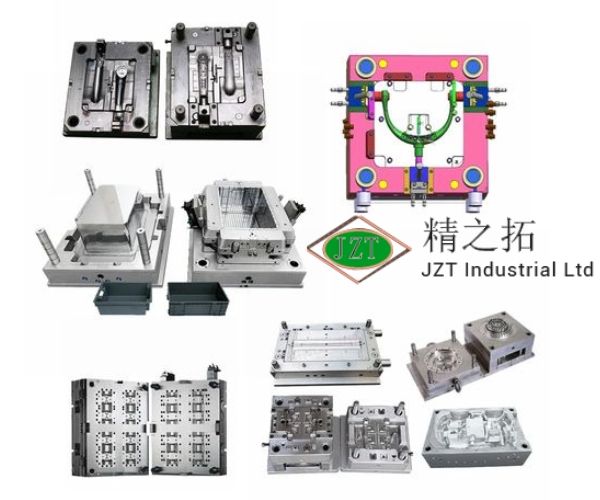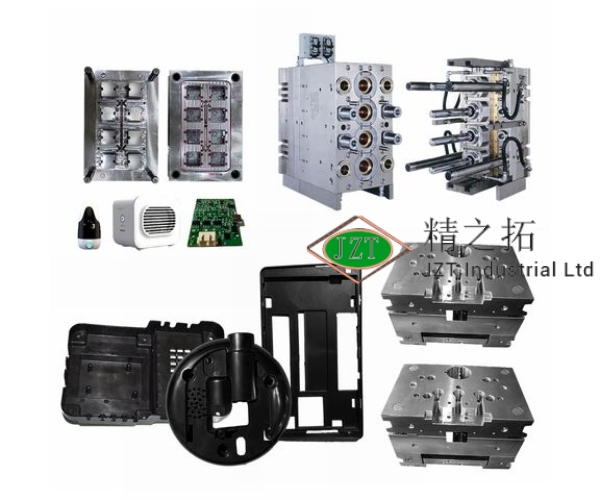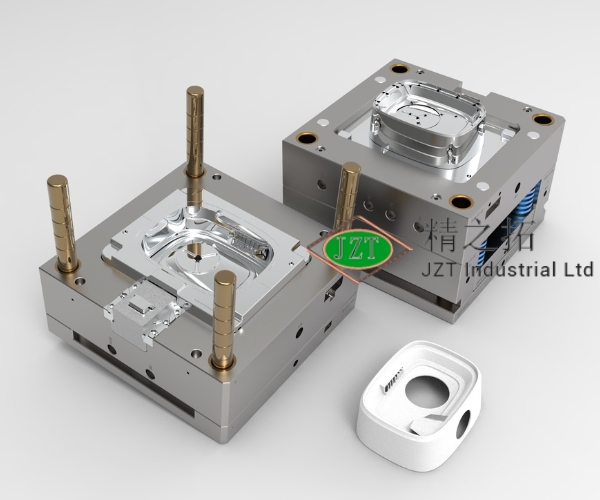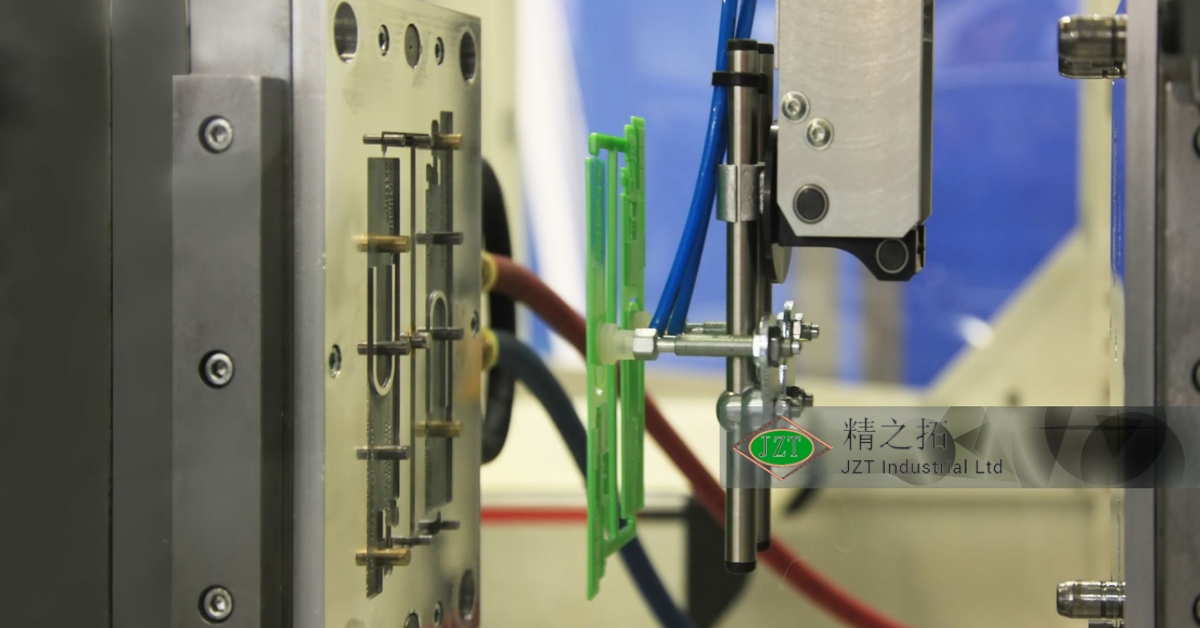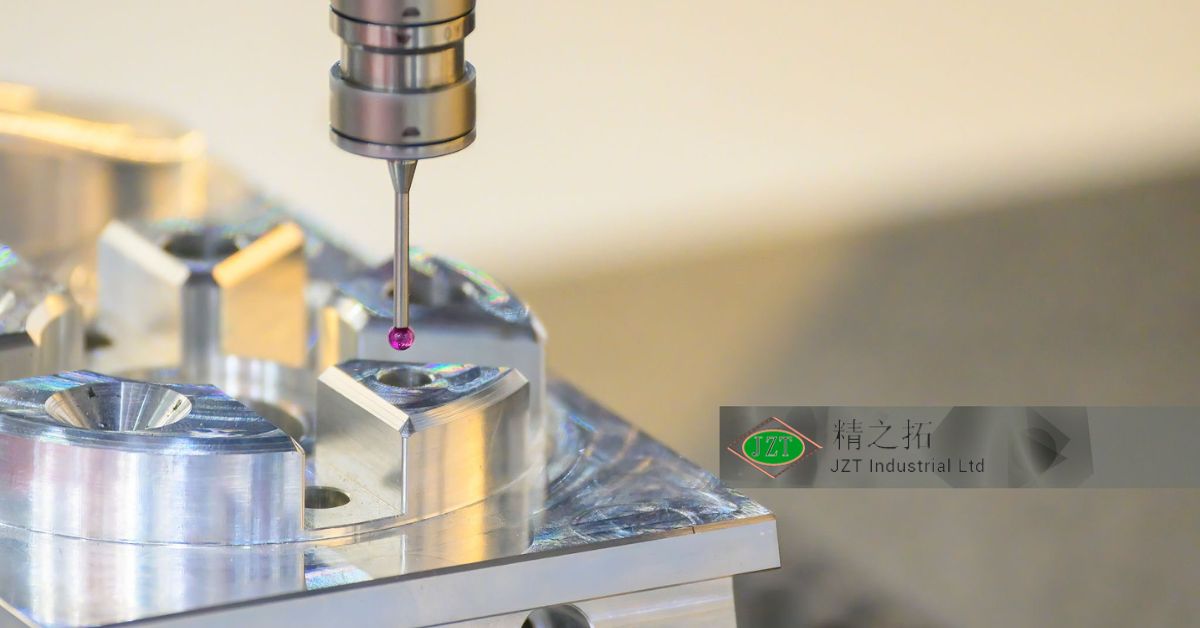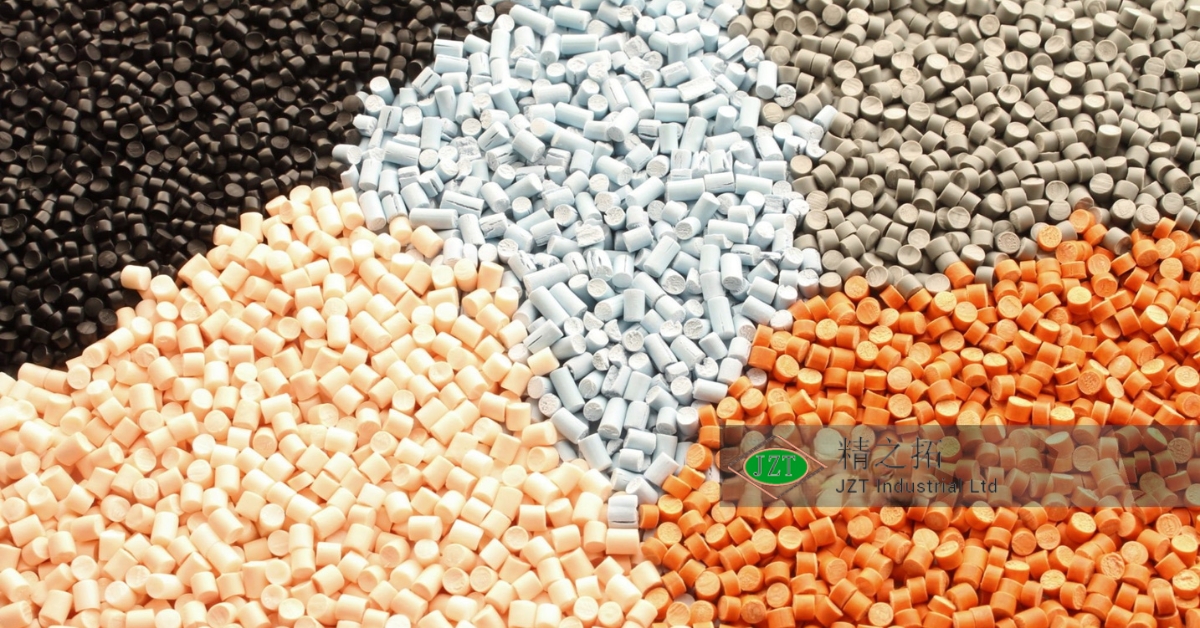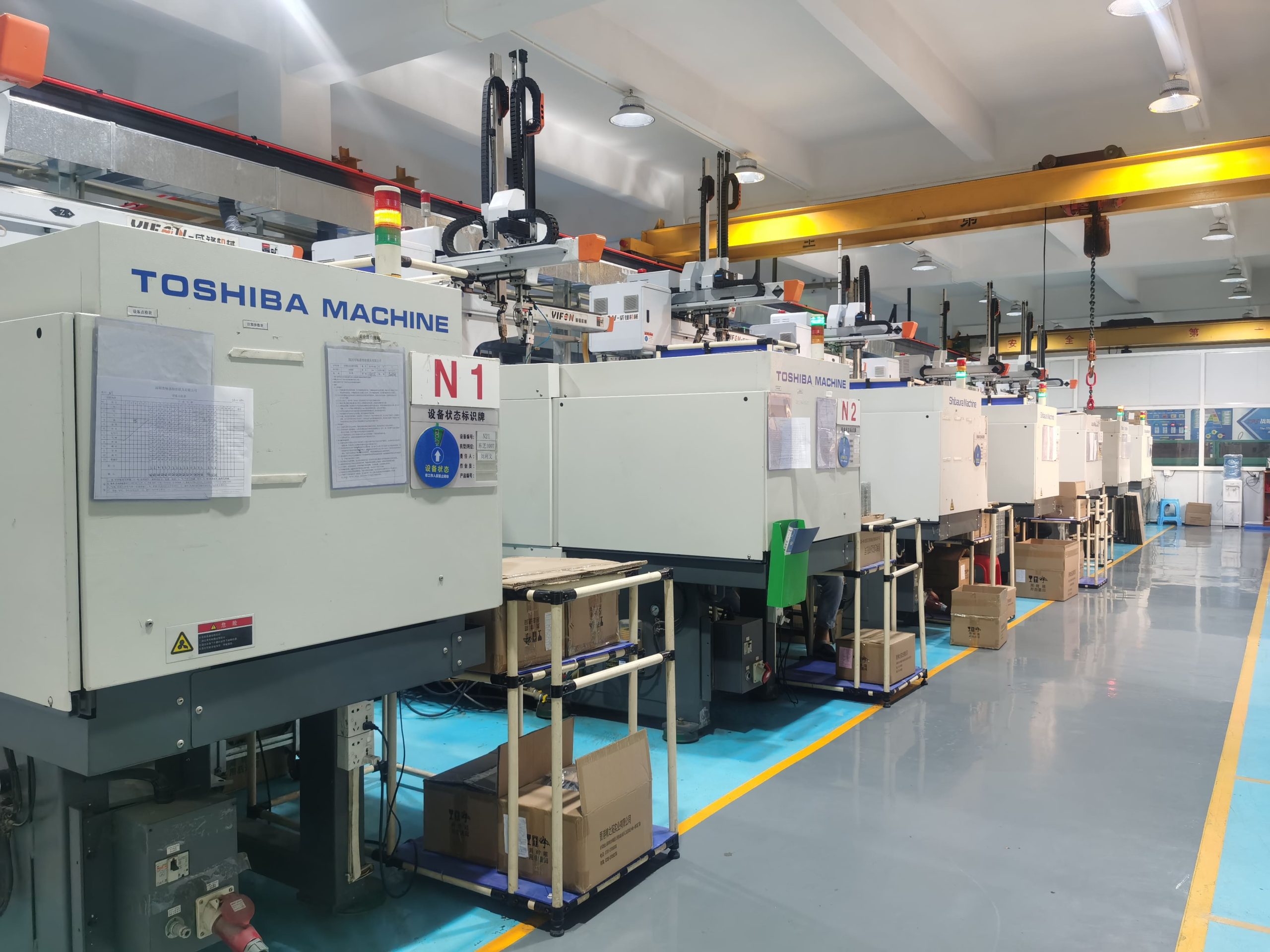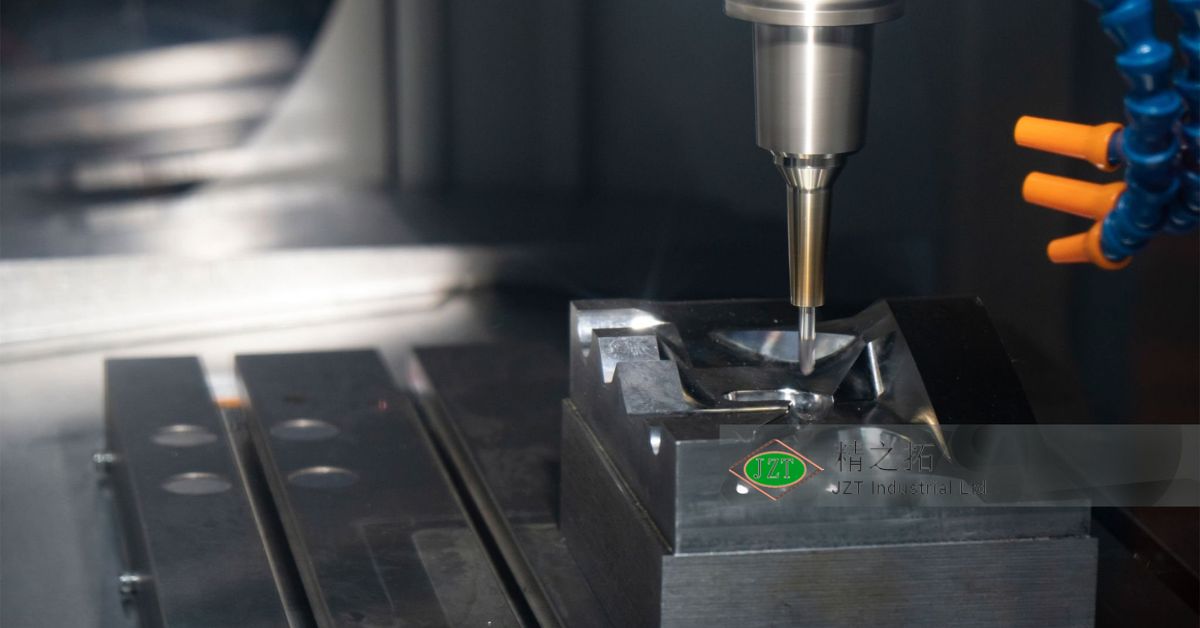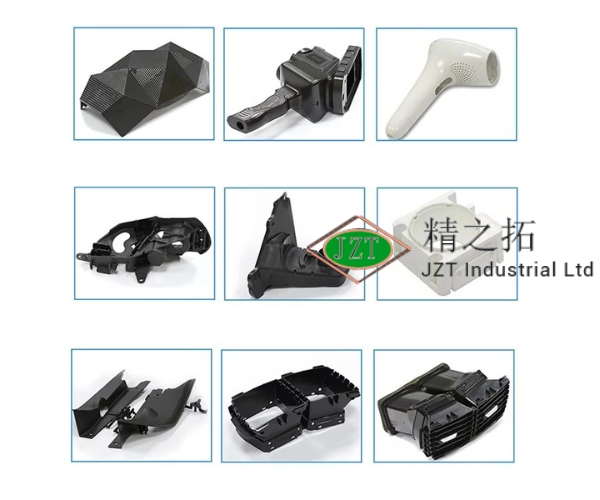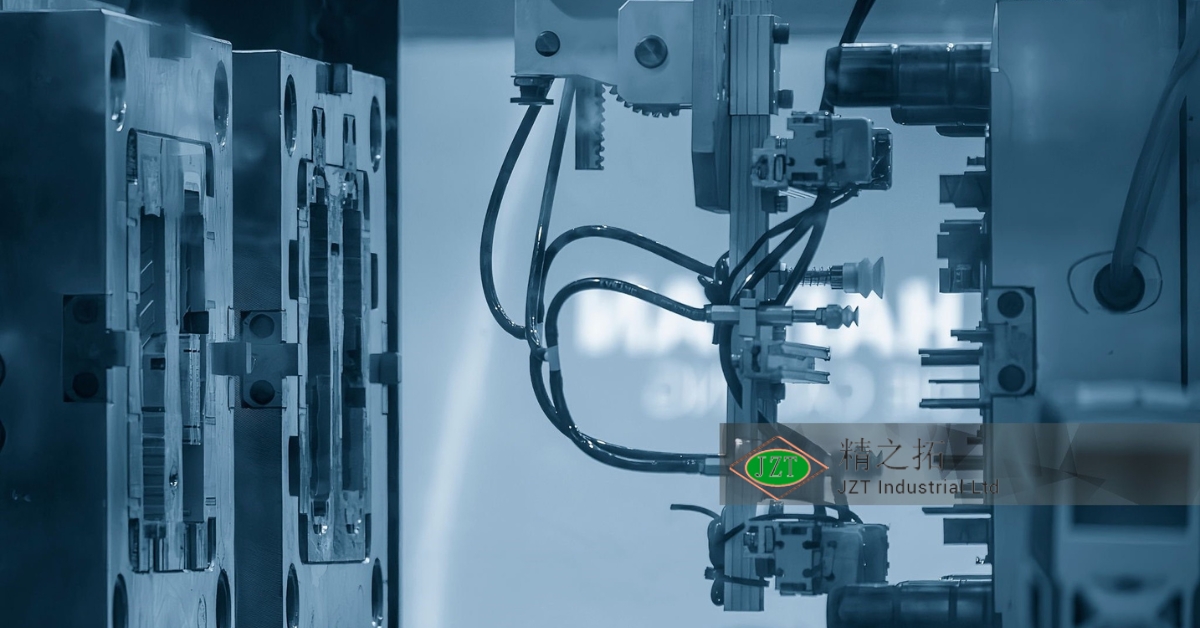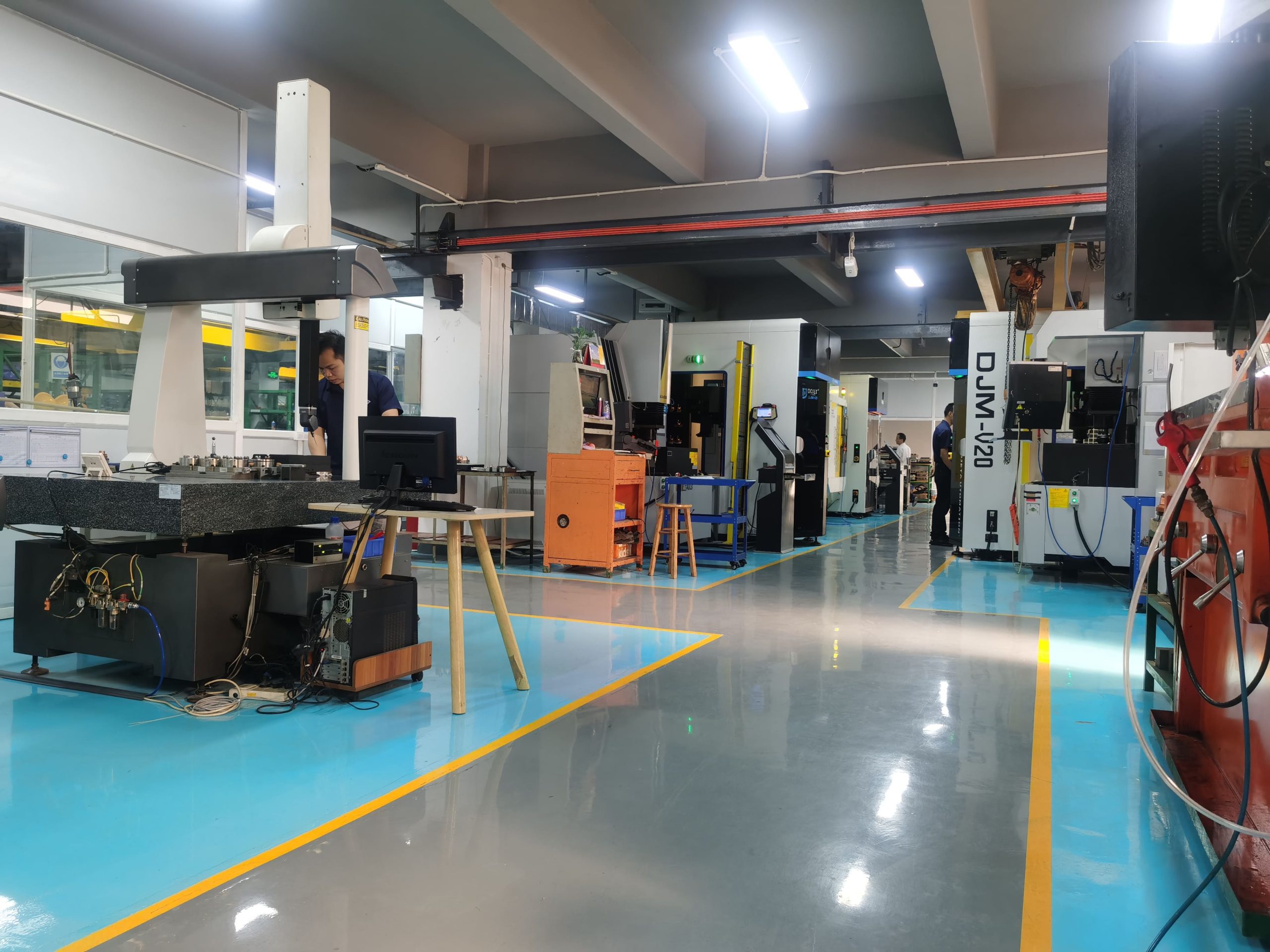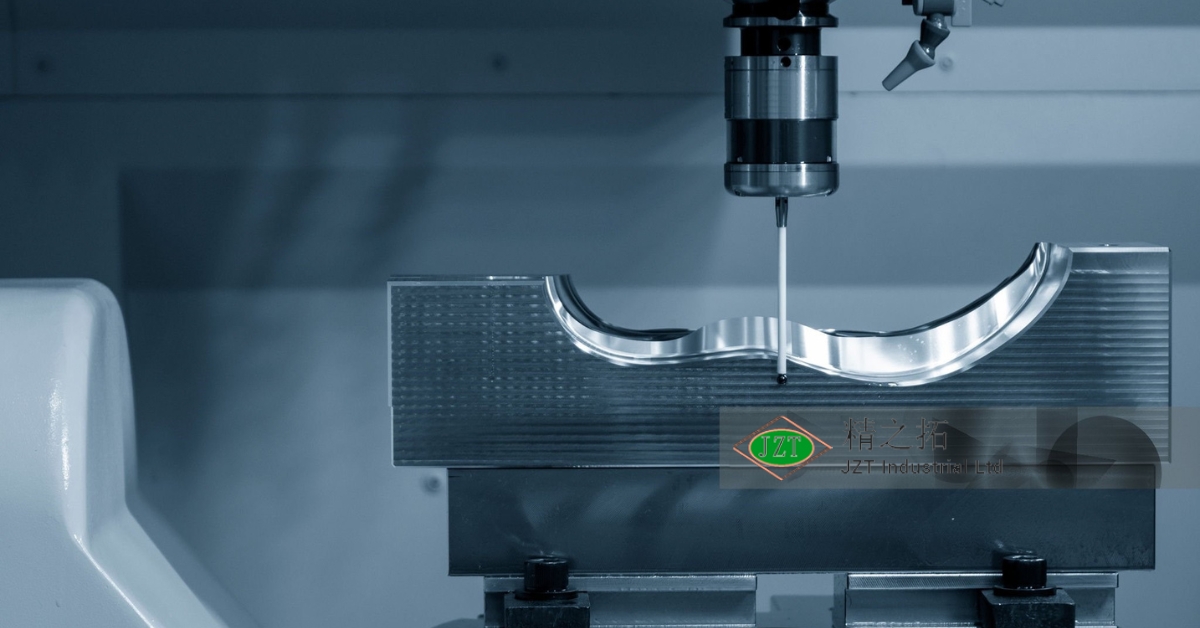Введение
ABS (Acrylonitrile Butadiene Styrene) is one of the most versatile and widely used materials in пластиковые литьевые формы. Its popularity stems from its unique properties, such as toughness, impact resistance, and thermal stability, making it ideal for applications in automotive, electronics, and consumer products. However, to fully harness the potential of ABS in литье пластиковых деталей, manufacturers must master advanced techniques to optimize the molding process. Without the right strategies, common issues such as warping, shrinkage, and surface defects can arise, increasing costs and reducing efficiency. In this comprehensive guide, we’ll explore proven techniques to help производители пластиковых деталей unlock the full potential of ABS injection molding.
Section 1: Understanding ABS and Its Applications in Injection Molding
1.1 What Makes ABS a Popular Choice for Injection Molding?
ABS has become a favorite material for производители пластиковых деталей due to its exceptional combination of strength, toughness, and impact resistance. This thermoplastic polymer is known for its ability to maintain rigidity while offering flexibility, making it suitable for intricate part designs that require high precision. Furthermore, ABS’s ability to maintain its properties across a wide range of temperatures makes it ideal for automotive components, which are often subjected to temperature fluctuations.
In addition to its strength and durability, ABS offers excellent surface quality. Its inherent smoothness makes it perfect for parts that require a glossy or matte finish, often seen in consumer goods such as kitchen appliances or electronic casings. Its capacity to be easily painted or plated also adds to its versatility in applications where aesthetics are crucial.
The broad range of industries that use ABS highlights its versatility. From automotive interiors and dashboards to medical device housings, ABS is a go-to material for both functional and cosmetic parts. Its ability to withstand mechanical stresses and low temperatures without cracking makes it a reliable choice for литье пластиковых деталей projects with strict performance requirements.
1.2 Key Properties of ABS That Affect Injection Molding
While ABS is highly valued for its mechanical properties, its performance in пластиковые литьевые формы is influenced by several key characteristics. One of the most important properties is its ударопрочность, which is essential in applications where parts may be subjected to shocks or stress. ABS’s ability to absorb impact without fracturing makes it a preferred choice in the automotive and electronics sectors, where durability is crucial.
Another key property is ABS’s термическая стабильность, which ensures that parts retain their shape and functionality in environments with varying temperatures. However, despite its thermal stability, ABS can be sensitive to moisture. As a hygroscopic material, ABS absorbs moisture from the air, which can lead to surface defects and other issues during the molding process. Proper drying and material preparation are critical to avoiding moisture-related problems.
Additionally, ABS has excellent flow properties, making it easy to mold into complex shapes with fine details. However, optimizing the flow characteristics of ABS requires careful attention to process parameters such as temperature, pressure, and cooling times. Mastering these aspects is essential to fully unlock the potential of ABS in литье пластиковых деталей.
Section 2: Material Preparation and Best Practices for ABS Injection Molding
2.1 Proper Material Selection: Choosing the Right Grade of ABS
ABS comes in various grades, each tailored to specific applications. The grade of ABS chosen for a particular project can significantly impact the performance and quality of the final part. Common grades of ABS include general-purpose ABS, ударопрочный АБС, огнестойкий АБС, и electroplating-grade ABS.
For applications requiring enhanced durability, such as automotive components or protective housings, ударопрочный АБС is the preferred choice. This grade offers superior toughness and is less likely to crack under stress. In contrast, огнестойкий АБС is often used in electronics, where fire safety standards must be met. This grade contains additives that reduce the material’s flammability, making it compliant with safety regulations for electrical components.
When aesthetics are a primary concern, such as in automotive trims or consumer electronics, electroplating-grade ABS is ideal. This type of ABS is specifically formulated for electroplating, allowing it to achieve a metallic finish without sacrificing its mechanical properties.
Selecting the right grade of ABS is critical to the success of the injection molding process. Производители пластиковых деталей must carefully evaluate the mechanical and chemical requirements of the application to choose a grade that balances cost, performance, and durability.
2.2 Moisture Control: Importance of Drying ABS for Optimal Performance
ABS is a hygroscopic material, meaning it absorbs moisture from its environment. Even trace amounts of moisture in the ABS resin can lead to severe defects during the injection molding process. These defects include пузыри, voids, и hydrolysis, which can weaken the part and affect its appearance.
Proper drying of ABS resin is essential to prevent these moisture-related issues. The recommended drying temperature for ABS is between 80°C and 90°C for 2 to 4 hours, depending on the manufacturer’s guidelines. Using a desiccant dryer is the most effective method for ensuring that the material is properly dried before molding.
Without adequate drying, moisture in the resin can vaporize during the molding process, causing steam to form inside the mold cavity. This leads to internal voids and a weakened structure, compromising the part’s strength and durability. By following best practices for drying, производители пластиковых деталей can avoid these common defects and ensure that ABS parts maintain their desired properties.
Section 3: Optimizing Injection Molding Parameters for ABS
3.1 Injection Temperature Control: Preventing Degradation and Surface Defects
Maintaining the correct injection temperature is crucial when molding ABS. If the temperature is too high, the material can degrade, leading to discoloration, burning, and reduced mechanical properties. Conversely, if the temperature is too low, the ABS may not flow properly, resulting in incomplete parts or poor surface finish.
The ideal melt temperature for ABS typically falls within the range of 220°C to 250°C. This range allows the material to flow smoothly into the mold cavity while minimizing the risk of degradation. However, variations in part geometry, mold design, and the specific grade of ABS being used may require slight adjustments to these temperatures.
It is also important to maintain consistent temperature control throughout the injection process. Temperature fluctuations can cause uneven material flow, which can lead to линии потока, линии сварки, and other surface defects. To ensure consistent part quality, производители пластиковых деталей must closely monitor the injection temperature and make adjustments as needed to account for changes in the molding environment.
3.2 Injection Pressure and Speed: Ensuring Proper Filling and Reducing Defects
Injection pressure and speed are critical factors in determining how well the ABS material fills the mold cavity. Proper pressure ensures that the material reaches all areas of the mold, while the injection speed influences how evenly the material flows.
If the injection pressure is too low, the ABS may not fill the mold completely, resulting in короткие выстрелы or parts with incomplete features. On the other hand, excessive pressure can cause overpacking, which can lead to defects like утяжины or excessive material at the parting line.
Similarly, the injection speed must be optimized to ensure smooth and consistent material flow. Too slow a speed can cause линии потока или линии сварки where two flow fronts meet, while too fast a speed can create turbulence, leading to air entrapment and voids within the part. By fine-tuning both pressure and speed, manufacturers can achieve a balance that maximizes material flow while minimizing defects, leading to higher-quality parts.
3.3 Cooling Time and Temperature: How to Avoid Warping and Shrinkage
Cooling is a critical phase in ABS injection molding, as it directly impacts the dimensional accuracy and structural integrity of the final part. Improper cooling can lead to деформация, усадка, and internal stresses, which compromise part quality.
ABS parts tend to shrink more than other plastics during the cooling phase, so careful control over the cooling process is essential. The key to avoiding these issues lies in using конформные каналы охлаждения, which are designed to follow the contours of the mold. These channels help dissipate heat evenly throughout the part, reducing the risk of warping or uneven shrinkage.
Managing mold temperature is also crucial. Mold temperature controllers, such as water channels or other cooling media, help maintain a consistent cooling rate, which is vital for preventing defects and achieving the desired part dimensions. By optimizing cooling time and temperature, производители пластиковых деталей can improve production efficiency and reduce the likelihood of defects such as warping.
Section 4: Mold Design for ABS Injection Molding
4.1 Designing Molds to Leverage ABS Properties
Mold design plays a crucial role in determining the success of the ABS injection molding process. Properly designed molds allow for optimal material flow, efficient cooling, and easy part ejection, all of which contribute to higher-quality parts.
One key principle of mold design for ABS is ensuring равномерная толщина стенки throughout the part. Variations in wall thickness can cause uneven cooling, leading to warping and sink marks. By maintaining a consistent wall thickness, manufacturers can reduce the risk of these defects and ensure that parts cool evenly.
Draft angles are another important consideration. ABS parts can sometimes stick to the mold during ejection, leading to surface imperfections or part damage. Incorporating sufficient draft angles into the mold design ensures that parts are easily ejected without affecting their surface quality.
Additionally, using ребра и support structures in the mold design helps reinforce the part without adding excessive material. These features not only improve part strength but also reduce the risk of warping or deformation during the cooling phase. By leveraging these mold design principles, производители пластиковых деталей can improve part quality while minimizing material waste.
4.2 Gate Design and Location: Maximizing Flow and Part Quality
The design and location of the gate are critical factors in ensuring smooth material flow during the injection molding process. The gate controls how the molten ABS enters the mold cavity, and its placement can have a significant impact on part quality.
Different gate types, such as краевые ворота, fan gates, и подводные ворота, are used depending on the part’s complexity and geometry. For larger parts, краевые ворота are commonly used to provide consistent flow, while smaller or more complex parts may benefit from подводные ворота that allow for discrete entry points.
The location of the gate is just as important as its type. Improper gate placement can lead to defects such as короткие выстрелы, burn marks, или линии сварки, where different material flows meet. Gates should be positioned near thick sections of the part to ensure uniform filling and minimize the risk of defects.
By optimizing gate design and location, производители пластиковых деталей can improve the flow of ABS material, reduce cycle times, and achieve higher-quality parts.
Section 5: Advanced Techniques for Improving ABS Part Quality
5.1 Using Additives to Enhance ABS Properties
To further enhance the properties of ABS, manufacturers can incorporate various additives during the molding process. These additives can improve the material’s mechanical properties, aesthetic qualities, and resistance to environmental factors.
УФ-стабилизаторы are commonly added to ABS for outdoor applications, where exposure to sunlight can degrade the material over time. These stabilizers help maintain the material’s color and structural integrity, making it more resistant to UV radiation.
Для применений, требующих дополнительной прочности, модификаторы ударопрочности can be added to improve ABS’s resistance to cracking or breaking under stress. Огнезащитные составы are another popular additive, especially in electrical or electronic components, where fire safety standards must be met.
For parts that require enhanced strength and rigidity, glass fiber reinforcement can be incorporated into the ABS formulation. However, adding fillers like glass fiber requires adjustments to the molding process, as these materials affect flow characteristics and may necessitate higher injection pressures.
By using additives strategically, производители пластиковых деталей can tailor ABS to meet specific performance requirements while maintaining the quality and consistency of the final product.
5.2 Applying Mold Flow Simulation to Optimize Molding Process
Mold flow simulation is a powerful tool that allows manufacturers to predict how ABS material will behave during the injection molding process. By simulating material flow, cooling, and gate placement, manufacturers can identify potential defects before production begins, reducing the need for trial and error on the production floor.
Mold flow analysis helps optimize gate placement, runner design, and cooling channels, ensuring that the material flows smoothly into the mold and cools evenly. This not only improves part quality but also reduces cycle times and material waste.
For example, simulation can identify areas where линии сварки или утяжины might occur, allowing manufacturers to adjust the mold design or process parameters to prevent these defects. By incorporating mold flow analysis into the design phase, производители пластиковых деталей can achieve more consistent results and reduce the likelihood of defects during production.
5.3 Improving Part Consistency with Automation and Robotics
Automation is playing an increasingly important role in improving part consistency and reducing defects in ABS injection molding. Роботизированные системы can be used to automate tasks such as part ejection, trimming, and inspection, which reduces the risk of human error and improves overall process efficiency.
By integrating автоматизированные системы контроля equipped with vision sensors, manufacturers can detect surface defects, dimensional inaccuracies, and other issues in real-time. This allows for immediate adjustments to the molding process, reducing the number of defective parts produced and minimizing waste.
In addition to improving part consistency, automation can significantly reduce cycle times by streamlining post-molding tasks. For example, robots can quickly and accurately remove parts from the mold, trim excess material, and transfer parts to the next stage of production. By reducing the reliance on manual labor, manufacturers can achieve higher throughput and lower production costs while maintaining consistent part quality.
Section 6: Overcoming Common Defects in ABS Injection Molding
6.1 Troubleshooting Warping and Shrinkage
Деформация и усадка are two of the most common defects encountered in ABS injection molding. Warping occurs when parts cool unevenly, causing different areas of the part to shrink at different rates. This can lead to parts that are distorted or out of spec, compromising their functionality and appearance.
To minimize warping, it’s essential to maintain uniform cooling throughout the part. This can be achieved by designing molds with конформные каналы охлаждения that follow the contours of the part, ensuring even heat dissipation. Additionally, adjusting the cooling time and mold temperature can help reduce internal stresses that contribute to warping.
Shrinkage, on the other hand, is an inherent characteristic of ABS, which tends to contract as it cools. While shrinkage cannot be completely eliminated, it can be managed by optimizing the injection pressure, packing pressure, and cooling time. Ensuring that the part has uniform wall thickness also helps minimize shrinkage by allowing the material to cool evenly.
By addressing these common defects, производители пластиковых деталей can improve part quality and reduce the need for costly rework or scrap.
6.2 Уменьшение поверхностных дефектов: линий течения, линий спая и утяжин
Дефекты поверхности такой как линии потока, линии сварки, и утяжины can significantly affect the aesthetic and functional quality of ABS parts. Flow lines occur when the material does not flow evenly into the mold cavity, creating visible streaks on the part surface. This defect is often caused by variations in injection speed or temperature, which can be corrected by fine-tuning process parameters.
Линии сварки form when two flow fronts meet, creating a weak spot in the part. These defects can be minimized by optimizing gate placement and ensuring that the material flows smoothly into the mold. Утяжины are depressions that form when thicker areas of the part cool more slowly than thinner sections. To prevent sink marks, manufacturers should ensure that the part has uniform wall thickness and adjust the packing pressure to fill any voids.
By addressing these common surface defects, производители пластиковых деталей can improve the aesthetic quality of ABS parts and ensure that they meet customer expectations.
6.3 Preventing Gas Traps and Voids in ABS Molding
Gas traps and voids are internal defects that occur when air or gases become trapped inside the mold cavity during the injection process. These defects can weaken the part and lead to structural failures over time. To prevent gas traps and voids, manufacturers should optimize the вентиляция of the mold to allow trapped air to escape during the injection process.
Additionally, adjusting the injection speed and pressure can help prevent the formation of voids. A slower injection speed allows gases to escape more easily, while maintaining consistent pressure ensures that the material fills the mold evenly. By preventing gas traps and voids, производители пластиковых деталей can improve part strength and reduce the likelihood of defects.
Section 7: Improving Efficiency and Reducing Waste in ABS Molding
7.1 Сокращение времени цикла без ущерба качеству
Cycle time is a critical factor in determining the efficiency of ABS injection molding. Shorter cycle times allow manufacturers to produce more parts in less time, improving overall productivity. However, reducing cycle times without sacrificing part quality requires careful optimization of the molding process.
One effective way to reduce cycle times is by improving the cooling process. С использованием конформное охлаждение channels and advanced mold temperature controllers can help reduce cooling times while maintaining consistent part quality. Additionally, optimizing injection speed and pressure can shorten the time needed to fill the mold cavity.
By reducing cycle times, производители пластиковых деталей can increase production efficiency while maintaining high-quality standards for ABS parts.
7.2 Lean Manufacturing and ABS Injection Molding
Lean manufacturing principles are designed to minimize waste and improve efficiency in production processes. In ABS injection molding, lean techniques such as Точно в срок (JIT) production, Кайдзен, и Six Sigma can help manufacturers reduce material waste, improve part quality, and streamline operations.
Implementing JIT production reduces the need for excess inventory, minimizing the risk of material degradation or overproduction. Кайдзен encourages continuous improvement, allowing manufacturers to identify inefficiencies and make incremental improvements to the molding process. By incorporating lean principles, производители пластиковых деталей can reduce waste and increase overall productivity.
7.3 Sustainable Practices in ABS Injection Molding
Устойчивое развитие становится все более важным в обрабатывающей промышленности, и литье пластиковых деталей is no exception. ABS is a recyclable material, making it a viable candidate for sustainable practices. By incorporating recycling programs and regrind processes, manufacturers can reduce waste and lower their environmental impact.
In addition to recycling, manufacturers can explore bio-based ABS alternatives that offer similar mechanical properties while reducing the reliance on petroleum-based feedstocks. Implementing энергоэффективное оборудование and optimizing production processes can also help lower the carbon footprint of ABS injection molding operations.
By adopting sustainable practices, производители пластиковых деталей могут улучшить свое воздействие на окружающую среду, сохраняя при этом высокие стандарты качества и эффективности.
Заключение
Unlocking the full potential of ABS in пластиковые литьевые формы requires a deep understanding of the material’s properties, careful optimization of process parameters, and attention to mold design. By mastering the advanced techniques outlined in this guide, производители пластиковых деталей can improve part quality, reduce defects, and enhance production efficiency. Whether through material preparation, mold flow simulation, or lean manufacturing practices, manufacturers can achieve consistent results in литье пластиковых деталей while minimizing waste and maximizing productivity.
Дополнительные ресурсы
- Links to mold flow simulation tools and software.
- Case studies on ABS injection molding projects.
- Recommended suppliers for ABS materials and advanced injection molding equipment.
By following these advanced techniques, производители пластиковых деталей can unlock the true potential of ABS and achieve success in their литье пластиковых деталей operations.

